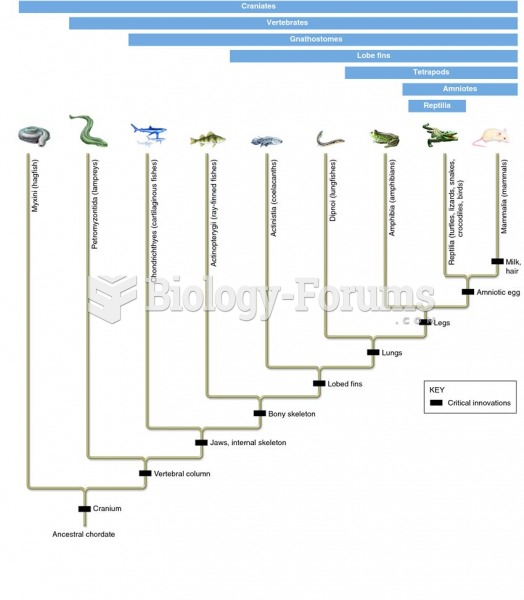Answer to Question 1
a. Functional division structure: Divide personnel functionally so that marketing people report to other marketing people, finance people to other finance people, and so on. Functional divisions are popular among companies with a narrow range of products, particularly if the production and marketing methods are undifferentiated among them. However, as they add new and different products, this structure becomes cumbersome.
b. Product division structure: Product divisions are particularly popular among companies that make a variety of diverse products, especially those that have become diverse through acquisitions. Because these divisions may have little in common, they may be highly independent of each other. As is true for the functional structure, the product division structure is well suited for a global strategy because both the foreign and domestic operations for a given product report to the same manager who can find synergies between the two, such as by sharing information on the successes and failures of each.
c. International division structure: Grouping international business activities into their own division puts internationally specialized personnel together to handle such diverse matters as export documentation, foreign-exchange transactions, and relations with foreign governments. This prevents duplication of these activities in more than one place in the organization. It also creates a large enough critical mass so that personnel within the division can wield power within the organization to push for international expansion.
d. Geographic division structure: Companies use geographic divisions if they have large foreign operations that are not dominated by a single country or area. This structure is more common to European MNEs than to U.S. MNEs, which tend to be dominated by the strong domestic market. The structure is useful when maximum economies in production can be gained on a regional rather than on a global basis because of market size or the production technologies for the industry. A drawback is possibly costly duplication of work among areas.
e. Matrix division structure: Due to the problems inherent in either integrating or separating foreign operations, many companies are moving toward matrix organizations. In this organizational structure, a subsidiary reports to more than one grou
Answer to Question 2
An equity alliance is a collaborative arrangement in which at least one of the collaborating companies takes an ownership position in the other. In some cases, each party takes an ownership, such as buying part of each other's shares or by swapping shares with each other. The purpose of the equity ownership is to solidify a collaborating contract, such as a supplier-buyer contract, so that it is more difficult to breakparticularly if the ownership is large enough to secure a board membership for the investing company.







